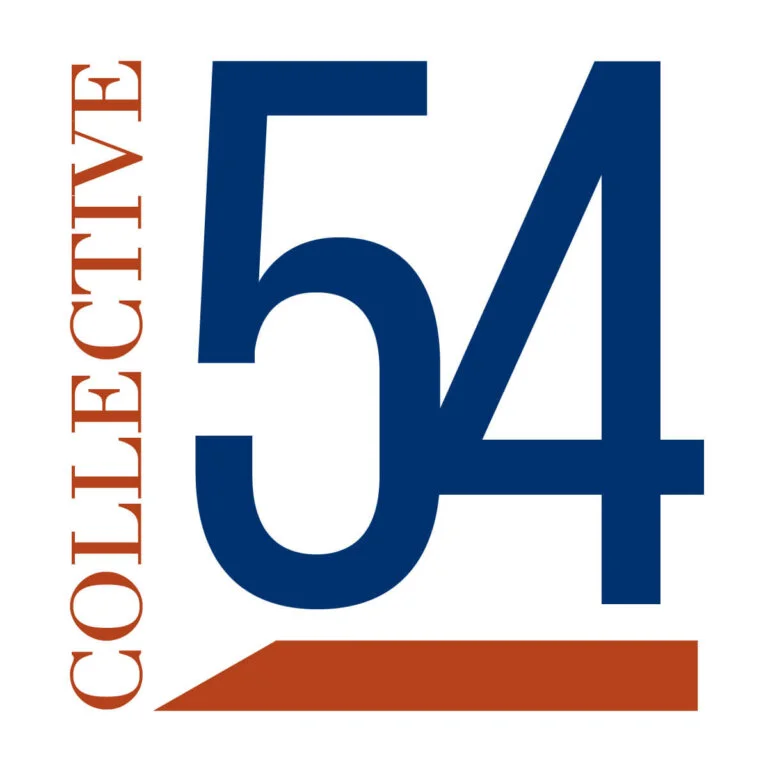|
Getting your Trinity Audio player ready... |
Seeing Around Corners: How Cash Flow Forecasting and Adaptive KPIs Keep Growth from Outrunning You

When growth hides fragility
When a business crosses $5 million in revenue, founders often relax. Sales feel steady. The team’s expanding. The future looks predictable.
But growth doesn’t create stability — it exposes fragility.
At Newpoint Advisors, we’ve seen hundreds of companies scale from $5 million to $50 million. The ones that stumble rarely run out of customers. They run out of cash — or worse, visibility.
As Greg Alexander writes in The Boutique, “Boutiques run on cash, not EBITDA.” That single line separates firms that scale sustainably from those that just get bigger.
When revenue grows faster than reality
A founder I’ll call Megan ran a $7 million logistics firm. Business was booming — until she missed payroll.
Two new contracts doubled her sales in six months. On paper, it looked perfect. But she was still paying for staff, third-party cost, and overhead weeks before customers paid their invoices.
When we mapped her 13-week cash flow, the problem was obvious: the faster she grew, the deeper the cash hole became. Her “success” had outgrown her balance sheet.
Megan’s story isn’t rare. Growth hides inefficiency. The only way to see it early is with a forecast that forces you to look forward — not back.
In The Boutique, Alexander asks, “Will you be at risk of paying your future obligations if you double your firm?”
If the answer is yes, your issue isn’t growth. It’s visibility.
The 13-week cash flow: from gut feel to ground truth
A 13-week model isn’t just a spreadsheet. It’s a discipline.
It’s long enough to spot what’s coming — tax payments, seasonality, customer delays — but short enough to act. Each week becomes a decision point, not a surprise.
One founder told me, “Before the 13-week model, we managed cash by faith. Now we manage it by math.”
The irony? Companies that adopt it before a crisis grow faster afterward. The model becomes a dashboard for scale, not survival. It is likely that you will consider selling to a growth venture or private equity firm. To be sure, one of the exercises you will engage in before the ink dries on the deal is completing a 13-week cash flow and being tested on what it means and how you will manage to it.
Growth breaks KPIs before it breaks cash
Every stage of scale demands a new language for performance. The KPIs that helped you reach $10 million can sink you at $20 million.
Stage | Common KPI | The Blind Spot | What to Watch Instead |
$5 MM | Revenue growth | Ignores timing of collections | Cash-in vs. cash-out cadence |
$10 MM | Pipeline size | Counts sales, not receipts | Forecasted collections vs. payables |
$20 MM | EBITDA | Looks profitable but not liquid | Net cash from operations |
$40 MM | Department metrics | Creates silos | Working-capital efficiency, DSO/DPO trends |
From The Boutique, I am paraphrasing Alexander’s warning that “many boutiques have great top-line growth but no profit growth. They haven’t decoupled revenue growth from headcount.”
The same is true for cash: growth without liquidity is just acceleration without traction.
A $22 million manufacturer we worked with was fixated on EBITDA. Every month, they looked profitable, yet payables kept slipping. Vendors began requiring prepayment.
Once we introduced weekly working-capital metrics — DSO, DPO, inventory days — the team saw what the P&L had been hiding. Within three months, they freed $1.4 million in trapped cash.
Forecasting as a leadership tool
Cash-flow models do more than keep the lights on; they align people.
One founder told me their Monday meetings used to feel like “budget therapy.” Sales blamed Ops, Ops blamed Finance, and everyone left frustrated.
When they implemented a rolling 13-week cash flow, the dynamic changed. Everyone could see — in real time — how timing, invoicing, and spending decisions affected liquidity.
Meetings became shorter, calmer, more decisive. The model became a shared language.
That’s why I often say: the 13-week cash flow isn’t a financial document — it’s an organizational tool for building a cash flow culture.
The founder’s evolution: letting go of instinct
Every founder reaches the same moment — when gut instinct stops being enough.
In the early days, instinct is a superpower. You know every client and every check. But as headcount and transactions multiply, instinct turns into illusion.
In The Boutique, Alexander describes this exact pivot. When he handed off leadership of SBI to a data-driven CEO, “Matt replaced leading by intuition with leading by data… SBI no longer needed an inspirational vision or a big dream to chase. It needed flawless execution.”
That’s the founder’s evolution in a sentence: from emotional awareness to operational mastery.
One owner I advised said it best: “At five million, I could feel the cash in my bones. At twenty million, I needed to see it on paper.”
The 13-week cash flow is how founders make that leap — from feel to foresight, from control to clarity.
The only KPI that never changes: adaptability
Markets turn. Credit tightens. Customers delay payments – a short list of the 1,000 things that change over time and scales.
Growth doesn’t eliminate complexity; it multiplies it.
The firms that win aren’t the ones with the most cash — they’re the ones that can adjust fastest. Weekly cash forecasting and evolving KPIs make that agility possible.
Because in growth, the biggest risk isn’t running out of cash. It’s running out of time to respond. In my industry, we say, “Cash is queen, time is king.”
Final thought
Growth is never the problem. Blindness is.
A 13-week cash flow model and dynamic KPIs turn scaling from a guessing game into a guided climb — with fewer surprises and far more control. Ok, enough, I have to go review my KPIs and cash flow.
Call to Action
Apply for membership in Collective 54
Subscribe to Collective 54 Insights
Connect with Ken Yager on LinkedIn
